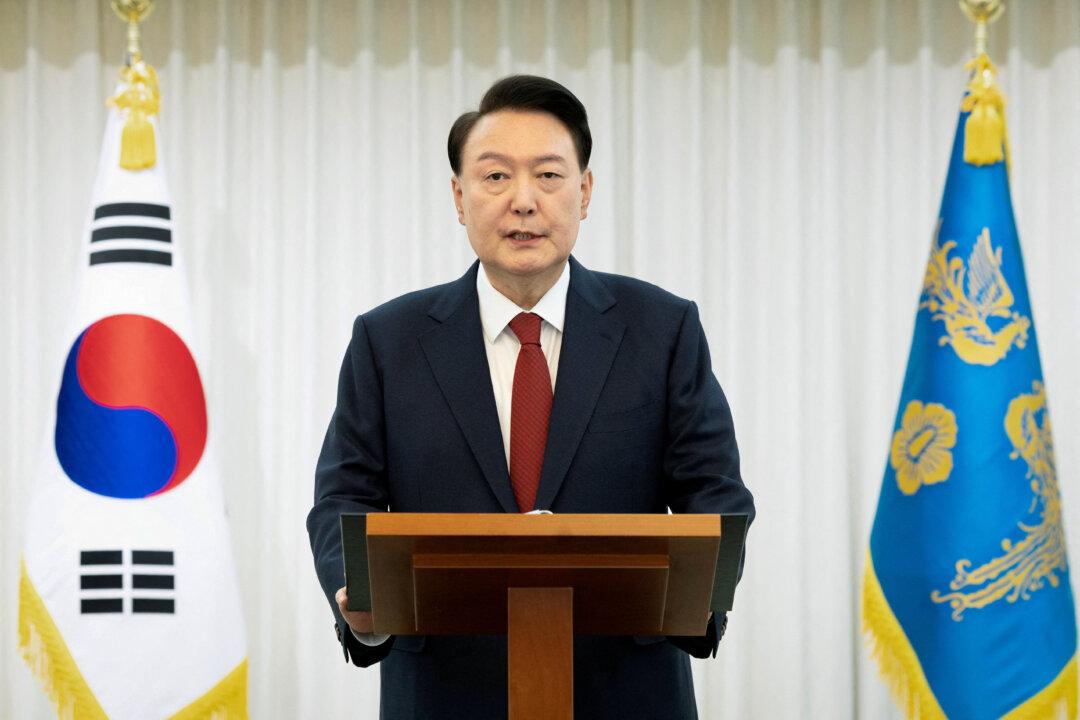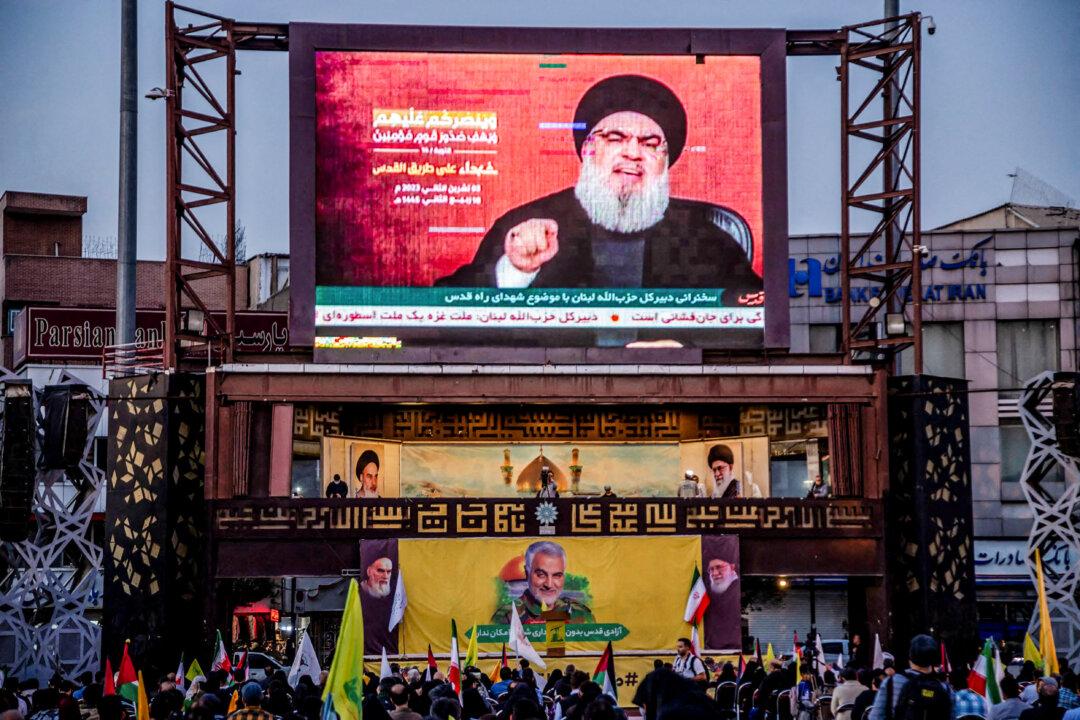When it comes to defense, Syria, Afghanistan, and “forever wars” dominated the headlines and the political skirmishes in 2019, along with the odd French president.
However, inside the U.S. military machine, the preoccupation wasn’t the dusty valleys of the Middle East, but the islands of the Pacific.
In 2018, the U.S. military received orders for a once-in-a-generation change: revamp for an era of renewed “great power competition” with Russia and China. In 2019, the generals began to flesh out their strategies under growing scrutiny from a Congress—where national security remains a bipartisan stronghold—that is increasingly focused on countering China.
The 2018 National Defense Strategy followed on from the 2017 National Security Strategy—the Trump administration’s “America First” policy writ small—which, for the first time, officially recognized the return of great power competition.
Russia and China have spent the past several decades observing the U.S. military in action, while building up their own weapons and strategy precisely to counter U.S. strengths.
In 15 years, China quietly tripled its annual military spending to an estimated $200 billion, with a clear focus on leveraging the latest technological developments, such as artificial intelligence (AI), cloud computing, and hypersonic missiles, to unbalance the U.S. military.
Army Continues Modernization
More fleet-footed than other services, the U.S. Army had already laid out the bare bones of its strategy in 2018, when it created Army Futures Command (AFC), charged with driving what is described by many analysts as the biggest reorganization in 45 years.
This year, the AFC swelled from its founding team of around 40 to around 26,000 staff in 2018.





